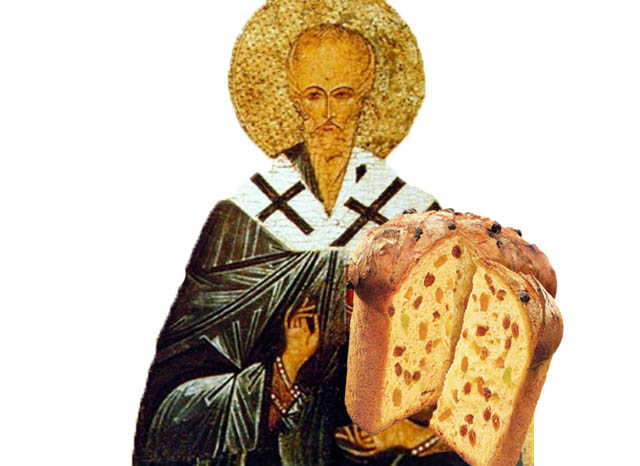
La Festa di San Biagio: Perché i milanesi benedicono il panettone avanzato?
Il 3 febbraio in Italia è la festa di San Biagio. Il 3 febbraio è anche il giorno in cui i milanesi hanno benedetto il loro panettone avanzato. Ma perché? C’è sempre una storia interessante quando si parla di santi e tradizioni locali! Ti spiego un po’.
On February 3 in Italy is the festival of San Biagio. February 3 is also the day Milanese have their leftover panettone blessed. But why? There is always an interesting story when we are talking about saints and local traditions! Let me explain.
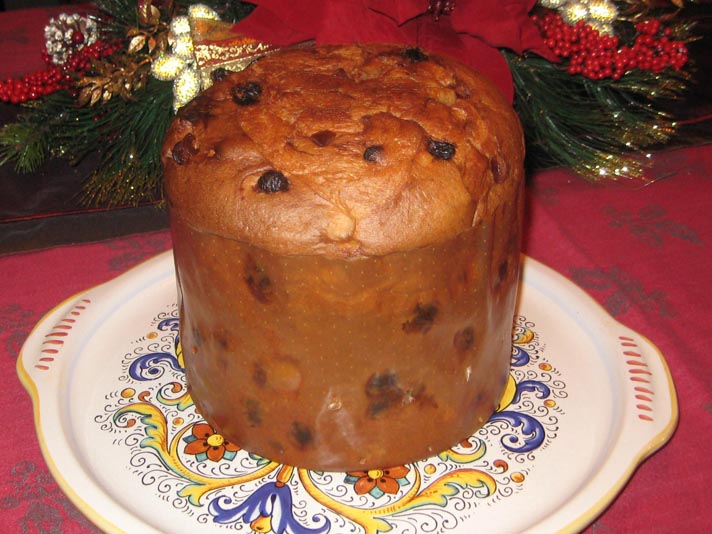
San Biagio fu un medico armeno che visse nel terzo secolo d.C. e più tardi divenne sacerdote. Nella sua città natale, dove esercitò il suo ministero episcopale, si dice che operò molti miracoli. Il miracolo più notevole fu la guarigione di un ragazzo con una lisca di pesce conficcata nella trachea. Si dice che San Biagio diede al ragazzo una grande briciola di pane, che liberò dall’osso del collo del ragazzo.
Saint Blaise was an Armenian physician who lived in the third century A.D. and later became a priest. In his native city, where he exercised his episcopal ministry, he is said to have worked many miracles. The most remarkable miracle was the healing of a boy with a fishbone lodged in his windpipe. It is said that Saint Blaise gave the boy a large crumb of bread, which he freed from the neck of the boy.
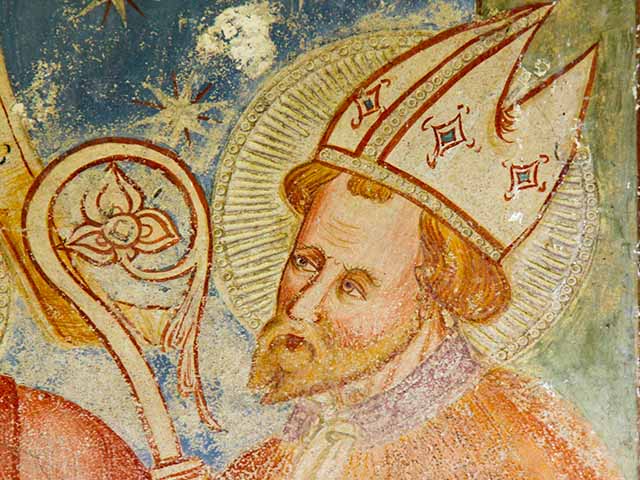
I Romani in seguito martirizzarono San Biagio. Venne catturato, percosso e scorticato vivo con pettini di ferro usati per pulire e tirare la lana e infine decapitato. Dopo la sua morte, si è dichiarato il protettore della gola, e si credeva che potesse curare tutti i “mali” del collo e del naso. Secondo la tradizione, vai in chiesa per farti benedire naso e gola il 3 febbraio per allontanare raffreddori alla testa e mal di gola.
The Romans later martyred San Biagio. He was captured, beaten and flayed alive with iron combs used to clean and pull the wool and finally beheaded. After his death, he declared himself the protector of the throat, and it was believed that he could cure all the “ills” of the neck and nose. According to tradition, go to church to get your nose and throat blessed on February 3 to ward off colds in your head and sore throats.
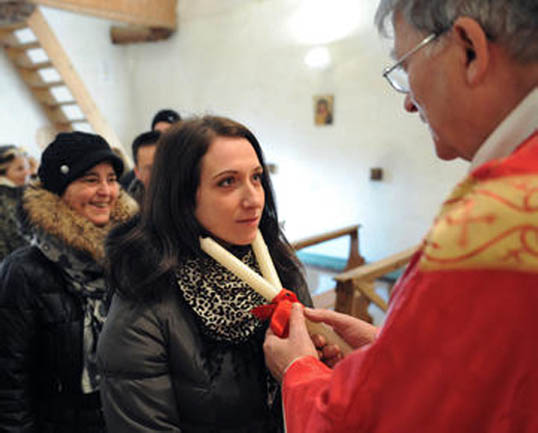
A Milano, dove San Biagio è più festeggiato che in altre parti del paese, le persone prendono anche il loro panettone avanzato per essere benedetti. Questa tradizione ha origine molto tempo dopo sulla base di una leggenda contadina.
In Milan, where San Biagio is more celebrated than in other parts of the country, people also take their leftover panettone to be blessed. This tradition came about much later based on a peasant legend.
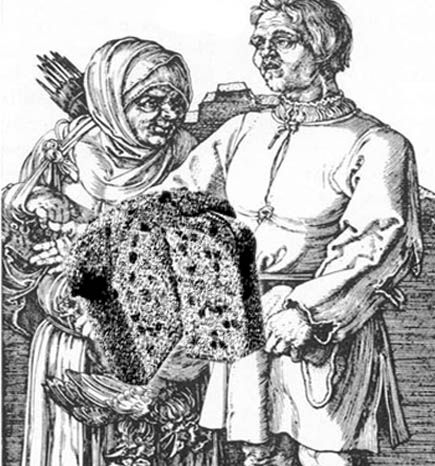
La Leggenda di San Biagio e il panettone
Come racconta la storia, una casalinga ha portato una torta di Natale per un monaco da benedire. Il nome del monaco era Desiderio. Non solo era un monaco molto occupato, ma aveva anche una predilezione per i dolci. Disse alla donna di lasciare il pane e venire a prenderlo più tardi. La donna si dimenticò del suo dolce e il monaco Desiderio, dopo averla benedetta, iniziò a mangiarlo finché non si rese conto di averlo mangiato tutto.
As the story goes, a housewife brought a Christmas Panettone to a monk to be blessed. The monk’s name was Desiderio. Not only was he a very busy monk, but he also had a sweet tooth. He told the woman to leave the bread and come for it later. The woman forgot about her cake, and monk Desiderio, after blessing it, began to nibble at it until he realized he had eaten the entire thing.
Alla fine, ricordando il suo panettone, il 3 febbraio è ritornata. Il monaco era terrorizzato, capendo di non avere niente da darle. Si sentiva molto in colpa e stava per scusarsi quando un panettone è apparso due volte più grande dell’originale. I milanesi attribuirono il miracolo del panettone al santo Biagio.
Finally remembering her panettone, on February 3, the woman returned. The Monk panicked, realizing he had nothing to give her. He felt very guilty and was about to apologize when a Panettone appeared twice as big as the original. The people of Milan attributed the miracle of the panettone to Saint Biagio.
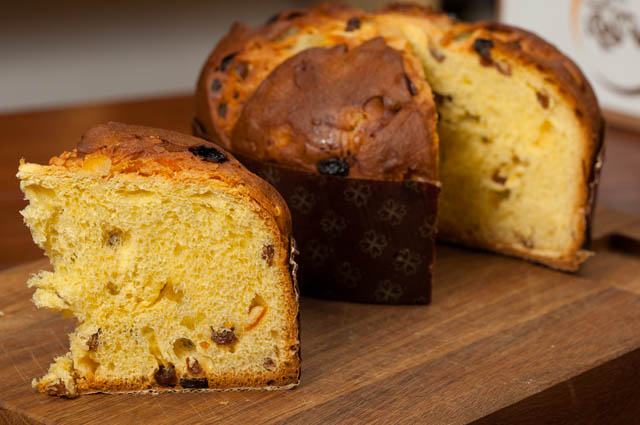
È ormai consuetudine a Milano benedire il panettone avanzato il 3 febbraio. Viene poi mangiato a colazione con tutta la famiglia per proteggersi dalle malattie della gola.
Since then, it is a custom in Milan to bless leftover Panettone on February 3. It is then eaten at breakfast with the entire family to protect against throat diseases.
Vorrei la benedizione del mio Panettone il 3 febbraio. Sfortunatamente, non c’è nessun avanzo. Abbiamo mangiato l’intera cosa il giorno dopo Natale!
I would have my Panettone blessed on February 3. Unfortunately, there are no leftovers. We ate the entire thing the day after Christmas!
Cosa puoi fare con il panettone avanzato? Ecco un paio di idee!
What can you do with leftover panettone? Here are a couple of ideas!
4 Things to do with leftover Panettone
5 Ways to serve leftover Panettone
If you liked this post you might like this post and Youtube video about Panettone!
Please like Studentessa Matta on Facebook for daily trivia and updates!
Find move videos in Italian on the Studentessa Matta Youtube Channel
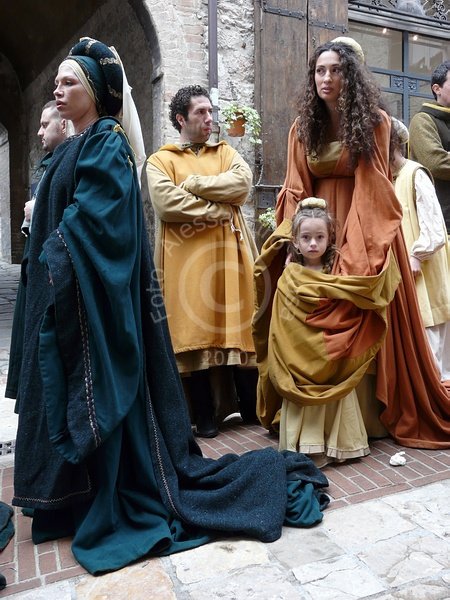
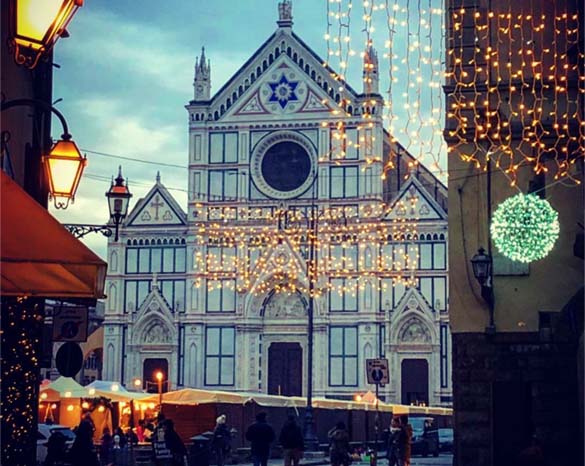

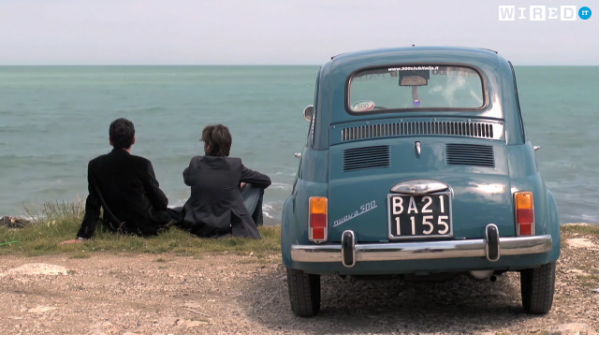
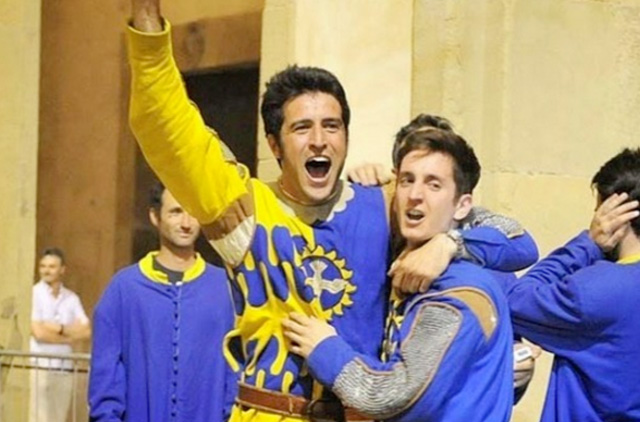







Oggi ho il mal di gola (anche un raffreddore). Ovviamente, mi manca la protezione di San Biagio, perché ho mangiato tutto il pannettone prima del 3 febbraio. Porca miseria!
I’m glad you posted this interesting story. My father loves panettoni. He eats it during the holidays and then afterwards scans the stores for leftover ones at a reduced price. He can eat them until Easter when he switches to the Colomba.
Now that I know this legend and tradition, I feel a little closer to St. Biagio.
Melissa, ma dove scovi queste informazioni. Bellissimo post, come sempre. Io sono cresciuta a Milano con questa tradizione e la continuo anche qui negli USA. Il mio trucco per avere il panetùn a San Biagio é di nasconderne uno nella credenza. Se ne vuoi una fetta vieni a casa mia, ma fai presto prima che sparisca!